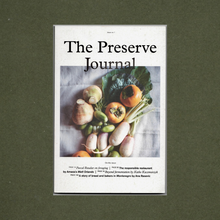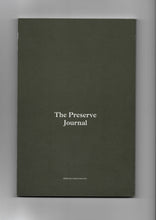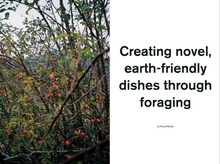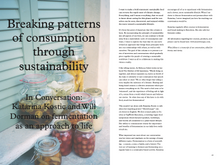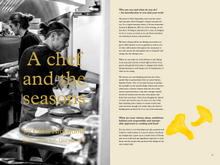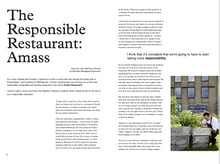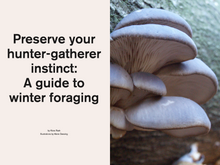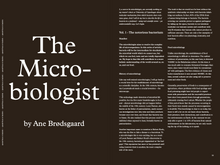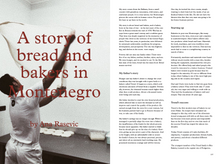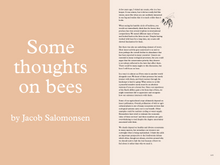
Issue no 1 of The Preserve Journal.
Contents — Issue no 1
A poem for winter
by Bindu Dev
Creating novel, earth-friendly dishes through foraging
Text by Pascal Baudar
Breaking patterns of consumption through sustainability - In Conversation with Katarina Kostic and Will Dorman on the fermentation as an approach to life
Text by Will Dorman
A chef and the seasons
Text by Chris Amendola
For the love of weeds: Fighting herbicide practices, bringing hope for the bees
Text by Katrina Blair
Preserve your hunter-gatherer instinct: A guide to winter foraging
Text by Klara Rask
The Microbiologist Vol I by
Text Ane Brødsgaard
Becoming a hardy winter multiculturalism
Text by Alexis Goertz of Edible Alchemy
The Microbiome
Text by Nikoline Nygaard
Living with light and sharing communal meals
Beyond Fermentation
The Responsible Restaurant: Amass. An interview with head chef Matthew Orlando, head chef of Restaurant Amass
Ashes to ashes: A no-waste approach to animal bones
A story of bread and bakers in Montenegro
Muld: A self-sufficient organic farm following the Danish seasons
Some thoughts on bees
A poem for Spring
-
Issue no 1 contains 124 pages printed on FSC certified and recycled paper. Our magazines are published completely independently without advertisements or corporate investments. The Preserve Journal is, therefore, run free of any restraining commercial considerations and interests.
The Preserve Journal presents you with a broad range of perspectives from an ever-growing group of global authors and contributors- each of them with a wealth of knowledge, rich experiences, and insights to share.
The content for each issue is being collected throughout the year and often follows the change of the seasons. However, while the seasons provide a visual frame for each issue we share content that remains relevant and important across the seasons and years. By doing so we hope to invite our readers to revisit past issues and find continuous inspiration.
Join us in an unfolding dialogue of what a sustainable, transparent, and resilient food culture might look, feel, and taste like.












